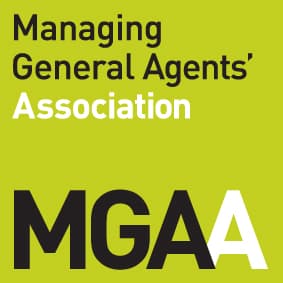In 2011 the industry recommended that Flood Re was a long-term insurance solution for the UK and in June 2013 this was agreed with Government. Since then the industry and Government have been working through the finer detail, and the Water Bill, legislating the powers to set up Flood Re passed through Parliament gaining Royal Assent in May 2014.
Secondary Legislation which comprises of the regulations were laid before parliament in April 2015 and paves the way for the Secretary of State to designate Flood Re as the scheme administrator of the scheme. This is expected to happen this autumn.
What is Flood Re?
The scheme will be a not-for-profit flood reinsurance fund, and established to ensure certain domestic properties in the UK can obtain affordable cover for the flood element of their household property insurance.
Insurers provide cover to their customers in the usual manner but then may pass the flood risk element to Flood Re. Those risks are pooled into a central fund which pays out to the insurer when claims are made.
How does it work?
Flood Re will collect a Levy (a tax), from the insurance industry that will create a pool of cash, from which Flood Re will pay the flood related claims on those policies previously sent to Flood Re by the insurers. Over time, this should have the effect of reducing prices and increasing availability of cover.
Flood Re will also charge insurers a Premium for each policy sent to it by insurers, based on that property’s council tax band. Customers will continue to buy their home insurance in the same way they do today. Insurers will continue to set the premiums they charge to their customers for home insurance, taking into account other factors in the competitive UK property insurance market such as the risks of fire, theft, subsidence and other costs. Flood Re estimate that insurers could cede buildings, contents or combined home insurance policies to Flood Re, relating to around 350,000 households.
Flood Re makes no difference to the way customers buy their home insurance and all claims will continue to be handled by the insurance companies themselves.
Who is paying for it?
The insurance industry has paid the £20m set up costs to get Flood Re up and running.
The Flood Re pool itself has two sources of income.
- The first is an levy on the industry equating to £180m per annum,
- The second is the flood element of the policies which are passed into it. Flood Re will charge a fixed premium per policy to insurers for the flood element of policies transferred to Flood Re, based on that property’s Council Tax band. These will be lower than the premium that would be charged if the flood risk were fully taken into account
Timescales
Flood Re has just started inviting industry participants to register and begin testing with Flood Re. This process is called ‘on-boarding’ and is involves completing certain steps to be able to test and do business with Flood Re from the target April 2016 start date. Information about the on-boarding process can be found here.
Further Information
Further information relating to the programme is available at www.floodre.co.uk
To contact the team please email: floodre@floodre.co.uk
Flood Re now have a link http://www.floodre.co.uk/homeowner/ whereby members are able to identify which insurers have arrangements with Flood Re to cede appropriate risks.



